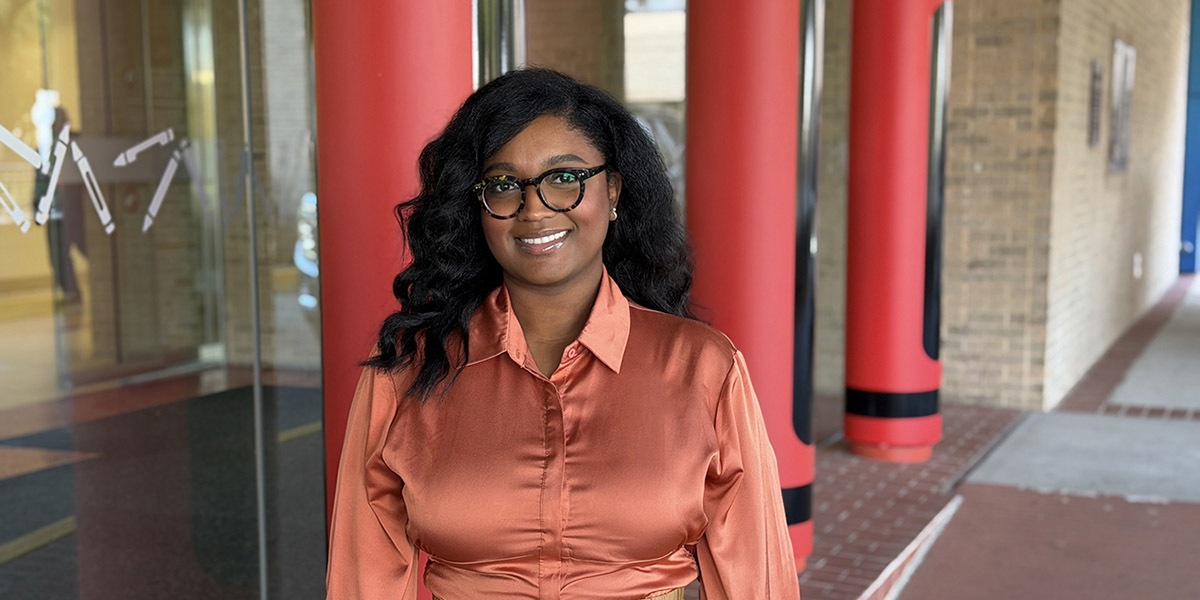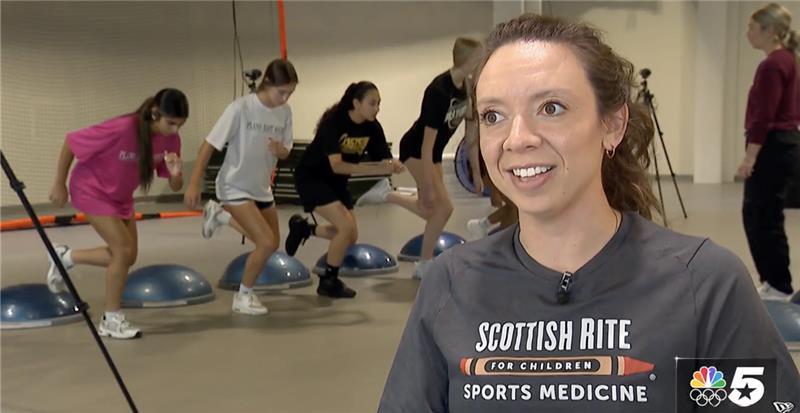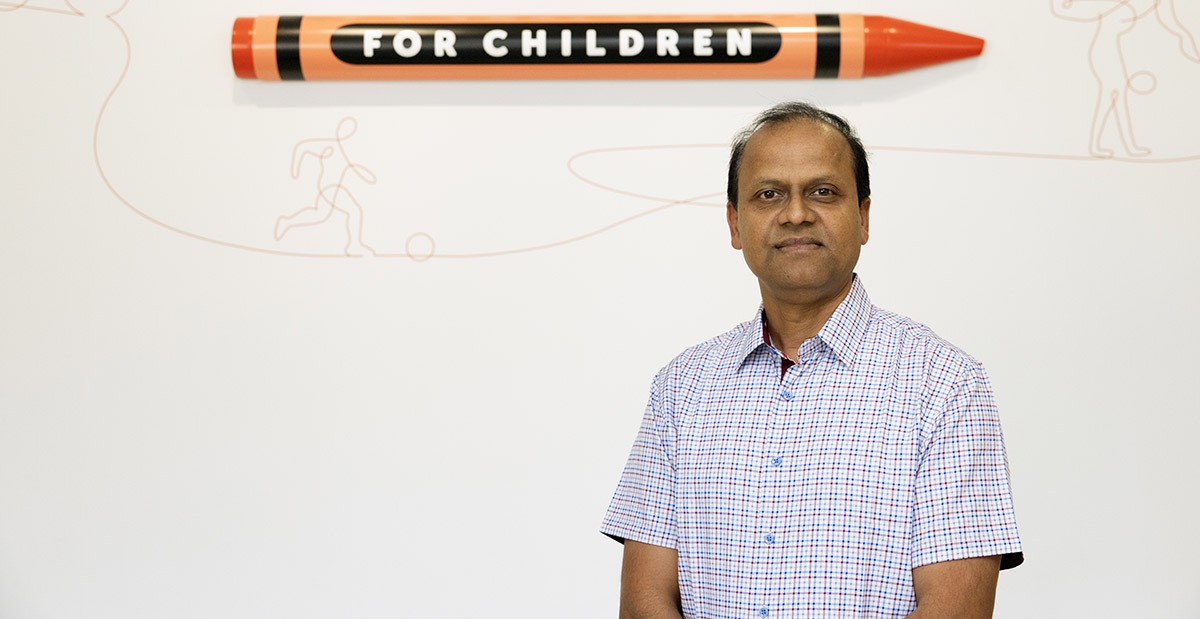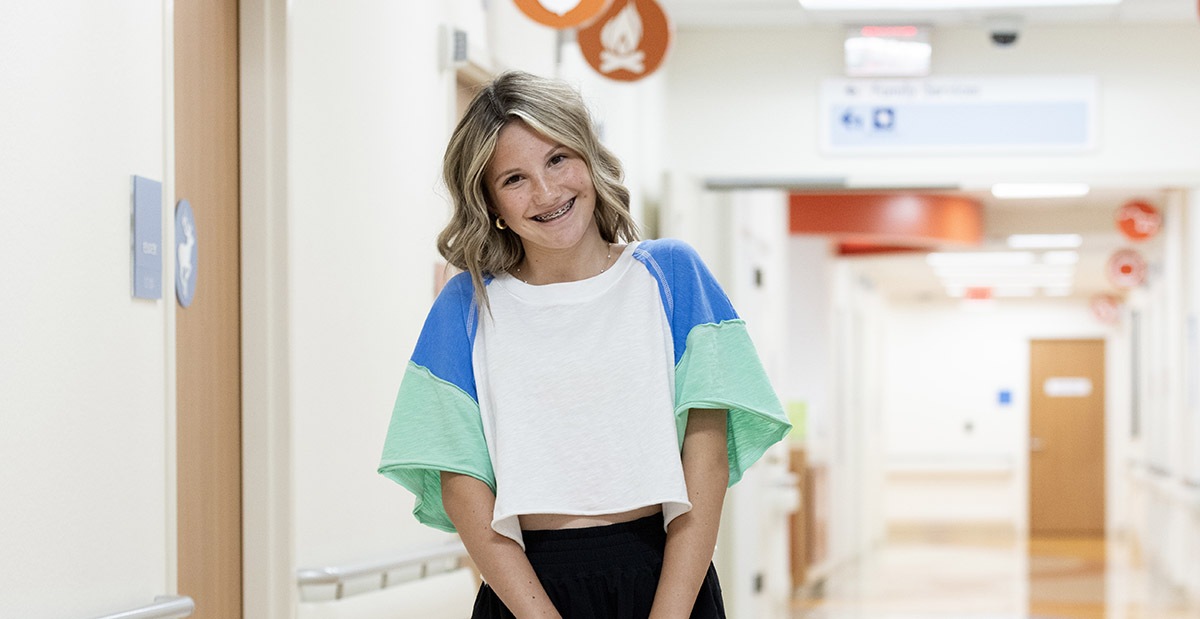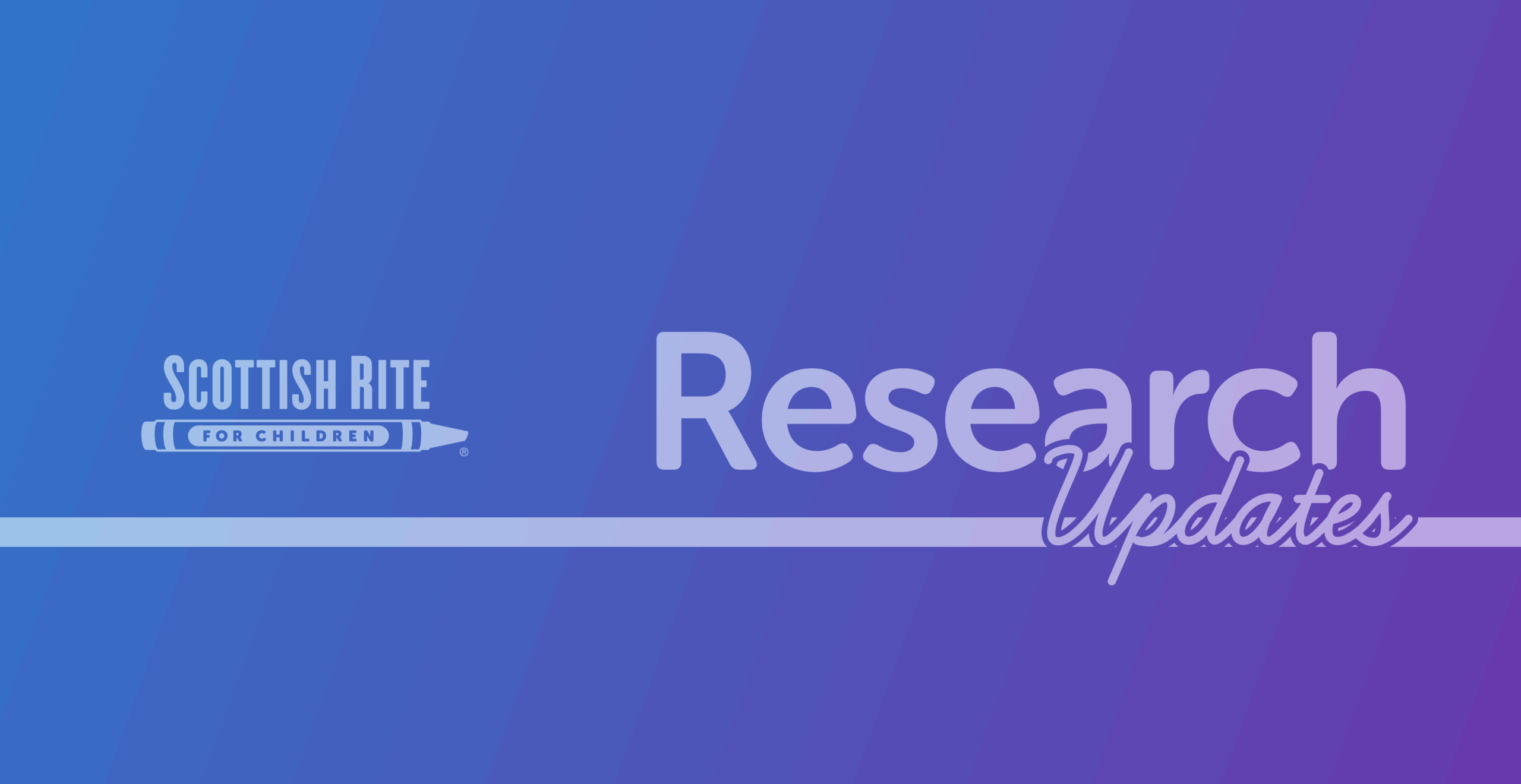Limb Differences

What is a limb difference?
A limb difference is a condition where there is a variation in the development or appearance of an arm or leg. This can result in differences in limb length, shape or function. Limb differences can occur for a variety of reasons, including genetic factors, atypical development and injuries. Limb differences can range from very mild to very severe and can affect one or more limbs.
A congenital limb difference is a condition where a child is born with a variation in the development or appearance of an arm, leg, fingers or toes. This variation can range from mild to severe and can involve one or more limbs, including, arms, legs, fingers, or toes that are missing, not fully formed or formed differently.
ABOUT LIMB DIFFERENCES
Congenital limb differences are caused by factors that disrupt normal limb growth during fetal development, resulting in the absence, malformation or underdevelopment of a limb. These factors can be genetic or environmental in nature, or a combination of both. Some of the known causes of congenital limb differences include:
- Genetic factors: Some congenital limb differences are caused by genetic mutations or inherited conditions. For example, certain gene mutations can cause limb malformations, such as tibial hemimelia. In most cases, there is no known genetic cause of the congenital limb difference.
- Amniotic band syndrome: This is a rare condition where fibrous bands in the amniotic fluid become entangled around fetal limbs, restricting normal limb development. In some cases, the condition may only cause a minor difference in a finger or toe, but in others, it can cause full amputation of the limb while in utero.
- Unknown factors: In some cases, the specific cause of a congenital limb difference may not be known. Conditions such as femoral deficiency and fibular hemimelia are included in this category.
- Traumatic injuries
- Infections
- Tumor(s)
- Vascular diseases
- Conditions affecting the bone’s formation and growth
A limb difference can be diagnosed through a physical examination by a health care provider. The provider will typically evaluate the appearance and function of the affected limb, as well as assess any related symptoms or medical history. Additional diagnostic tests may be ordered to help determine the underlying cause and extent of the limb difference. X-rays, ultrasounds or magnetic resonance imaging (MRI) can provide detailed images of the affected limb and help identify any structural abnormalities.
Treatment for a limb difference depends on the type and severity of the condition and the individual’s specific needs and goals. Some common treatments may include:
- Assistive devices: Assistive devices, such as prosthetics, orthotics or adaptive equipment, can help children with limb differences to improve their mobility, independence and quality of life.
- Surgery: In some cases, surgery may be recommended to correct or improve the appearance or function of the affected limb. This may include procedures such as lengthening or shortening bones or correcting joint or muscle abnormalities.
- Physical therapy: Physical therapy can help children with limb differences to improve their range of motion, strength and coordination.
- Occupational therapy: Occupational therapy can help individuals with limb differences to develop skills and strategies to perform daily activities such as dressing, eating and writing.
- Psychological support: Living with a limb difference can be challenging, and children may benefit from psychological support and counseling to address any emotional or psychological concerns.
It is important to note that every child is unique, and the treatment for a limb difference will be tailored to their specific needs and goals. A team approach involving health care providers, therapists and other specialists can help children with limb differences to achieve their top potential and live full, active lives.
Latest news: Limb Differences
Becker’s: Leading Pediatric Orthopedics at Scottish Rite with Dr. Daniel Sucato
Chief of Staff Daniel J. Sucato, M.D., M.S., speaks with Scott Becker on the Becker\'s Hospital Review Podcast about Scottish Rite for Children, ranked No. 1 in the nation for pediatric orthopedics…
Kamryn Serves A Comeback After Knee Injury
Kamryn spends most of her time on the volleyball court, a sport she has loved since high school. She makes an impact at the net as a server for her college’s volleyball…
CBS11: North Texas Teen Overcomes Spinal Surgery to Run in BMW Dallas Marathon
Seventeen-year-old Riley is preparing for the BMW Dallas Marathon, an achievement she once thought impossible. Diagnosed with scoliosis in seventh grade, Riley endured worsening pain until spinal surgery at Scottish Rite for…
Get to Know Our Staff: Adrian Johnson, Communications
What is your job title/your role at Scottish Rite?I am a communications specialist with a focus in online reputation. I assist in expanding our digital footprint by highlighting the incredible care we…
NBC 5: ACL Injuries Among Girls Are on the Rise
Movement science researchers at Scottish Rite for Children received a $1 million grant from Lyda Hill Philanthropies to fund, in part, a project that will tackle why teen girls tear their anterior…
Get to Know Our Staff: Dominic Chittilappilly, Shared Services
What is your job title/your role at Scottish Rite?I am an application coordinator on the IT Empower team. I mainly work in Epic and write the structured query language (SQL) reports for…
Kyler Finds Her Own Rhythm With Cerebral Palsy
As a member of her school’s drill team, Kyler has an unmatched love for dance that shines. Before she could learn her first routine, the 12-year-old had to overcome challenges that made…
Scottish Rite for Children Physicians Earn Top National Research Honors
Scottish Rite for Children is proud to announce our physicians have received three of the most prestigious awards in pediatric orthopedic research in 2025 — the POSNA Best Clinical Research Paper Award,…
Fueled by Hope: How Andrew Returned to the Game After Perthes
Previously published in Rite Up, 2025 – Issue 3 The hope of winning is what fuels 10-year-old Andrew, a passionate multisport athlete of Redmond, Oregon. He always plays with a heart full…
WFAA: Scottish Rite’s Luke Waites Center Drives Dyslexia Research and Education
WFAA recently featured the Luke Waites Center for Dyslexia and Learning Disorders at Scottish Rite for Children in honor of Dyslexia Awareness Month. For more than 60 years, the Center has transformed…







